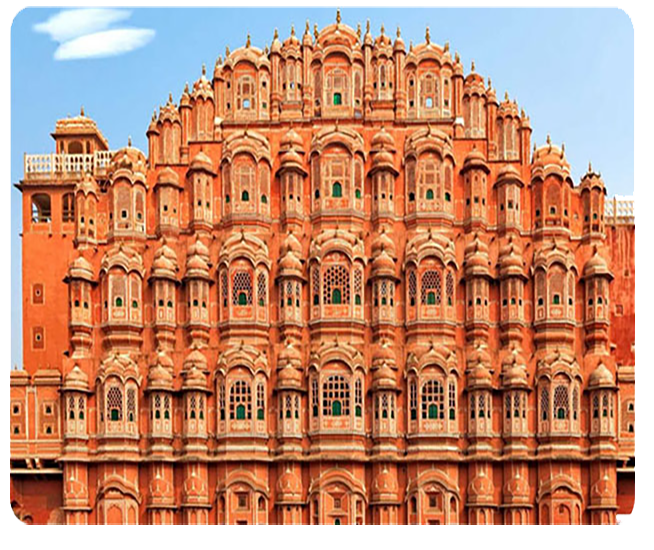
JAIPUR
The ever-exuberant ‘pink city’ is a perfect modern metropolis bejeweled with rich architectural structures which stand as a testimony to its culture and tradition. Planned by Vidyadhar Bhattacharya and named after Maharaja Sawai Jai Singh II, Jaipur holds the mantel of being the first planned city in India.
Its broad roads, lush gardens, formidable forts, majestic palaces, and bustling bazaars make up for a traveler’s paradise and have rightly earned Jaipur its place as one of the three corners of the Indian golden triangle. The blush pink city- painted so in 1876 as being symbolic of hospitality by Maharaja Ram Singh- continues to attract tourists from all over.
JODHPUR
While the modern city of Jodhpur has reached far beyond the limits of the striking blue walls, it is the old labyrinth with its medieval forts, palaces, and bazaars that continue to attract a throng of tourists even in the scorching heat of the ‘sun city’.
Every twist and turn of the narrow, winding blue streets of Jodhpur will bring you face to face with glitters and textures of utmost beauty.In a quiet juxtaposition to the barren Thar desert, Jodhpur rests on its edge full of life, music, and grandeur catering to a wide range of tastes and preferences.
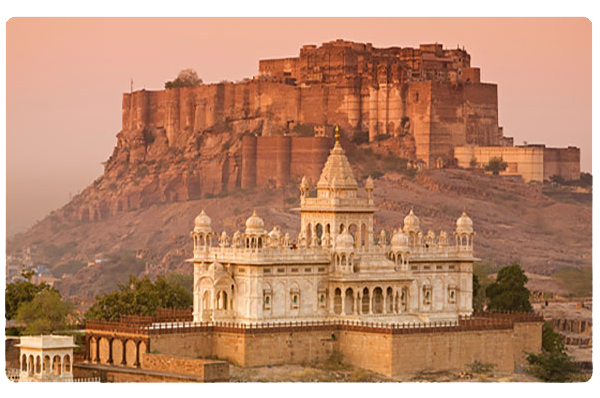
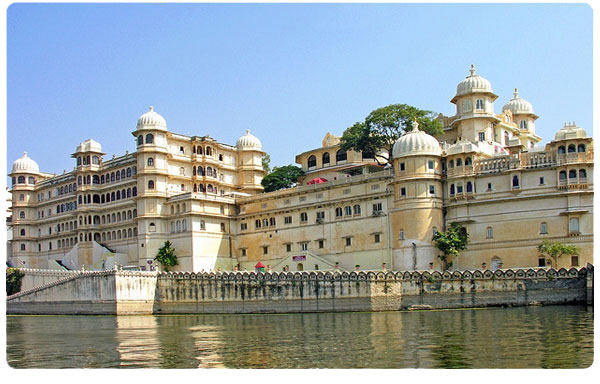
UDAIPUR
Another gem of Rajasthan, Udaipur was founded in 1559 by Maharaja Udai Singh II. Its sparkling blue lakes nestled in the Aravellis shimmer golden as the sun sets making Udaipur, the most romantic spot on the continent of India, as is agreed by James Todd, a British East India Company scholar, and administrator.
The 7 lakes along with the old palaces, havelis, and narrow winding streets have also earned the title “Venice of the east” for this magnificent city. This charming city is also one of the best places to relax and rejuvenate in luxury and opulence.
JAISALMER
Standing amidst the rolling transient sand dunes, in silent contrast, is the formidable ‘golden city’ made up of 12th-century forts and havellis of yellow stone. Founded in 1156 by Rawal Jaisal, the city rose to prominence as an important camel trade post. Today, it has taken the shape of one of the major cities and tourist destinations of Rajasthan. The desert city provides an exotic, dramatic, and opulent break in your itinerary. One may also spot blackbucks and chinkaras in the rugged crags of the surrounding Desert National Park.
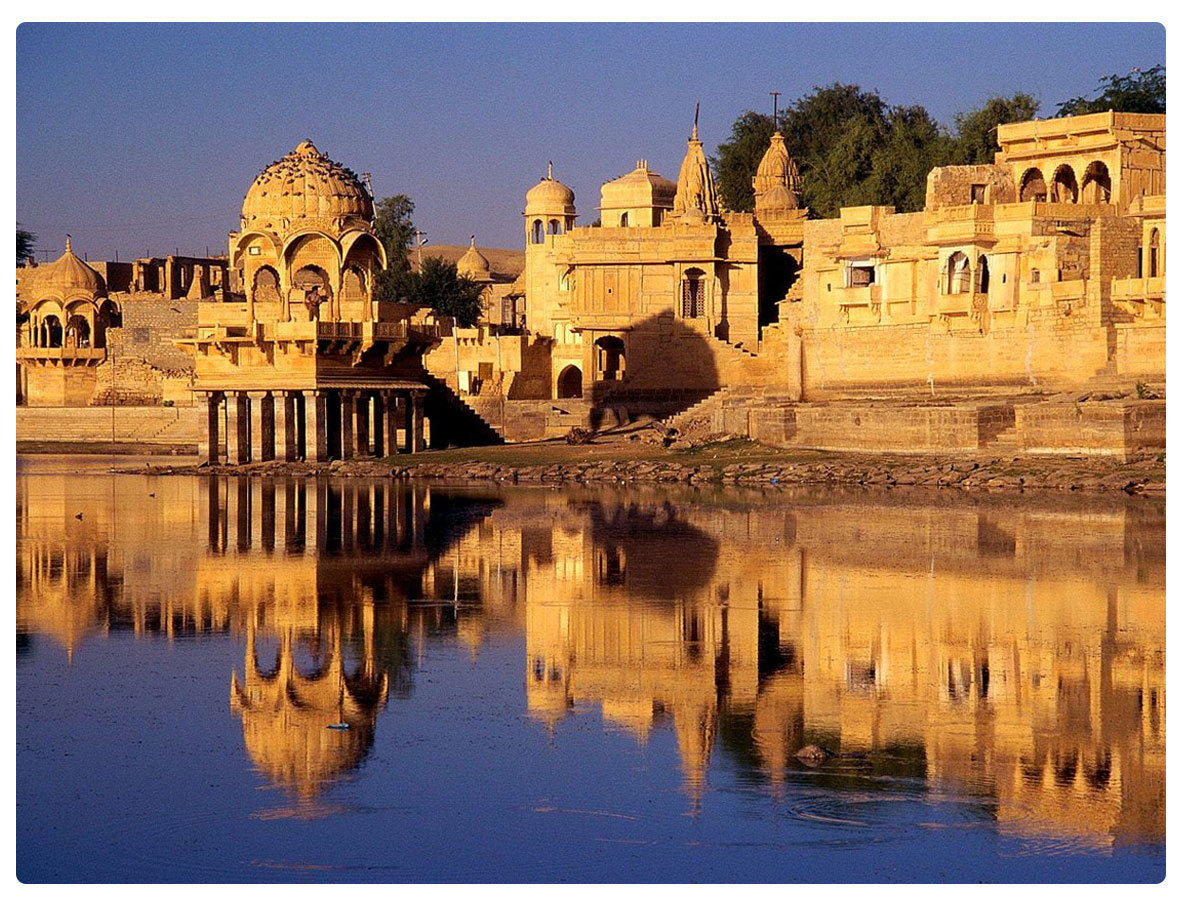
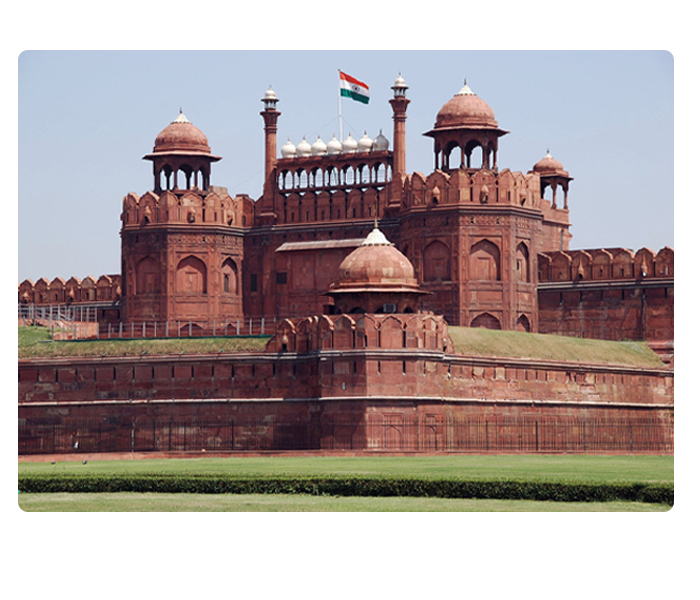
DELHI
Delhi, the Indian capital, is the true mirror of the abundance, diversity, and contradictions of India. This bustling metropolis is an authentic study in the ancient and medieval culture of a rapidly growing country. Almost a thousand years old, this evergrowing city contains the history of many cities and people within itself and provides a plethora of experiences to tourists. From its many advanced museums to ancient forts; bustling malls to thronged bazaars; vibrant traditional cuisines to modern international delicacies, Delhi is the ultimate sensory overload that will keep you coming back for seconds.
AGRA
Settled on the banks of River Yamuna, Agra rose to prominence as Mughal Capital between 1556 and 1658. In these years, its landscape transformed dramatically to exuberate the imperial might and grandeur. As a result, the modern city glitters with some of the greatest Mughal architectural jewels including the mighty Agra Fort and the grand palace at Fatehpur Sikri.
The most marvelous of these spectacles is one of the 7 wonders of the world- The Taj Mahal. The city is also famed for its marble inlay work and thriving leather industry.
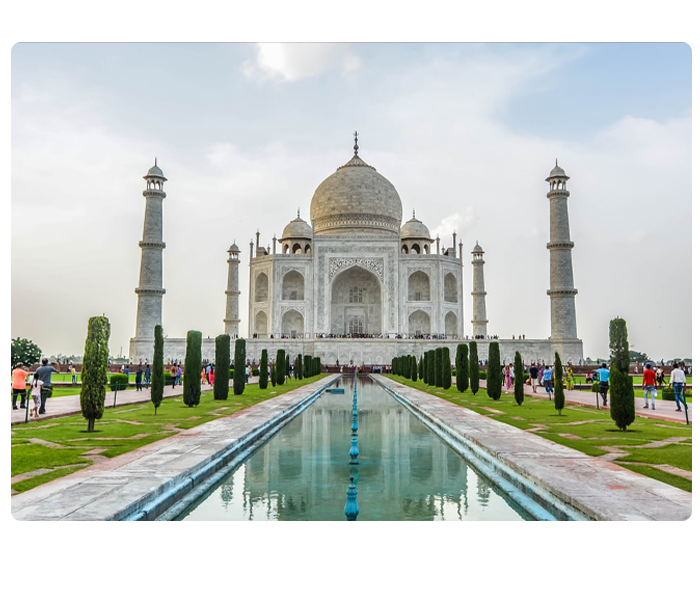
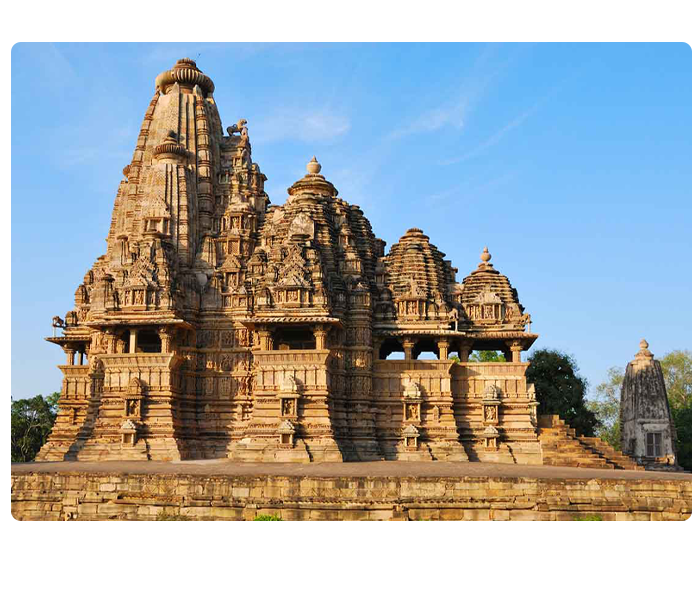
KHAJURAHO
Against the stunning backdrop of the Vindya mountain range, the 23 remaining temples (including one partly excavated structure) represent a melodious symphony of architecture and sculpture. The structures are said to have been built under the Chandella dynasty which ruled in the 10th and 11th century CE and are distributed over an area of 6 square km.
The main attraction of this UNESCO world heritage site is its stunningly immaculate erotic sculptures on the walls of the magnificent Jain and Hindu temples- all depicting different forms and moods of life: from spirituality, love, and friendship, to sports, royalty, and art.
KOLKATA
As one of the largest urban agglomerations, Kolkata holds a very unique and important position in the history, geography, and politic of India. The former capital of British India has always been a step ahead; as the famous saying goes, ‘what Bengal thought today, India thought tomorrow’. Indeed, as the birthplace of many artists, filmmakers, and poets such as Rabindranath Tagore, Satyajit Ray, and Bankim Chandra Chattopadhyay, one can find inspiration in every nook and cranny of this ‘city of joy’.
Despite the rapid modernization, Kolkata with its sweet delicacies, yellow taxis, and beautiful colonial structures has managed to retain its quintessential charm.
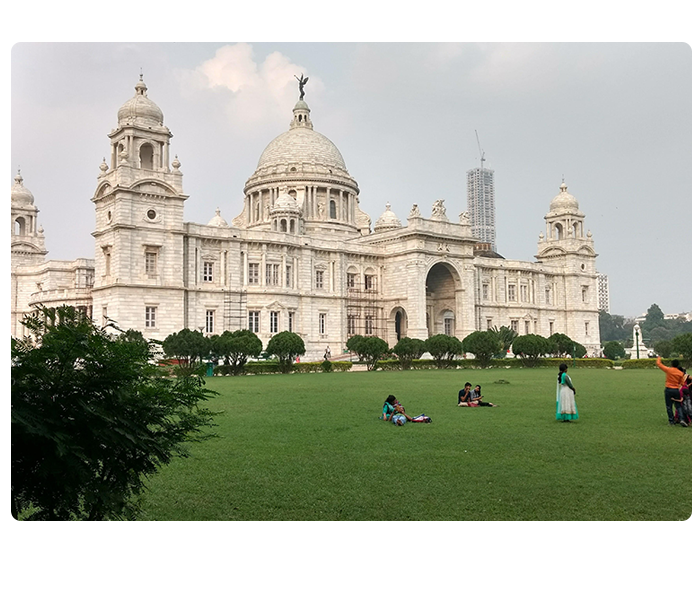
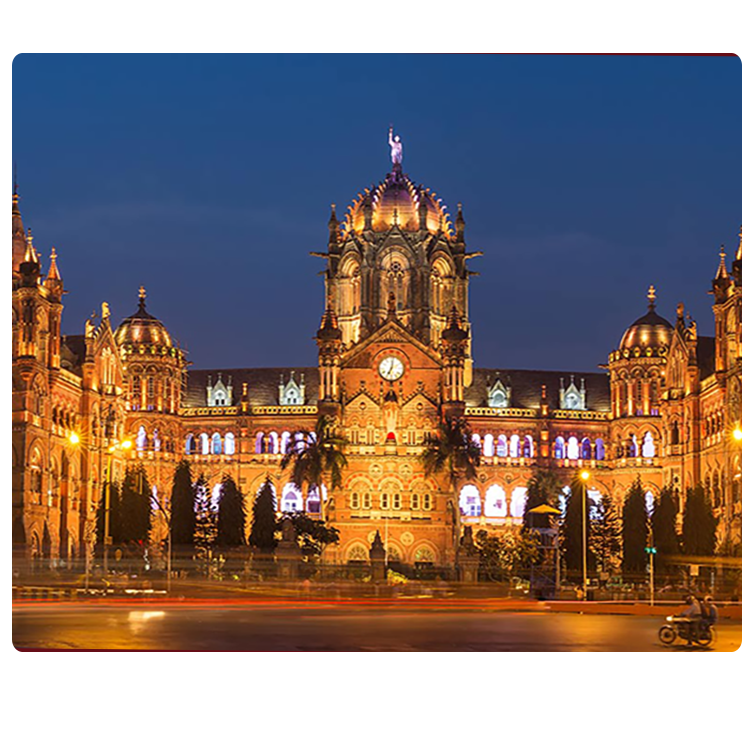
MUMBAI
The sixth most populous metropolitan area in the world with a population of over 23 million, Mumbai is the rapidly beating heart of India. The glitz, glamour, power, and wealth of the glittering stars of Bollywood will leave you in awe. The city also has significant historical links as a former colony of Portugal and then, of Great Britain. The colonial imprint on the city can be found in many of its landmarks including the Gateway of India and Chhatrapati Shivaji Terminus (formerly, victoria terminus).Not too far from this commercial and entertainment capital of India, is the UNESCO heritage site of Ajanta and Ellora caves. These caves, dating from A.D. 600 to 1000, are considered to be the best illustration of technical expertise as well as the characteristic spirit of tolerance in ancient India.
VARANASI
Varanasi, also called Benares, Banaras, or Kashi, city, is situated in southeastern Uttar Pradesh on the left bank of the Ganges. As one of the oldest living cities in the world, Varanasi holds a central place in pilgrimage, death, and mourning in the Hindu world and attracts devotees from all over India and abroad. It is believed that if one dies in Benaras, their soul is freed from the cycle of birth and rebirth. As tourists go around the city’s busy streets, paying homage to various shrines, they also get to taste some of the best street food in India. Ending the day at the ghats and witnessing the hundreds of floating lights in the sacred Ganges is a visual feast unique to the ‘city of light’. Perhaps the only rival would be watching the sunrise on an early morning boat ride on the Ganges.
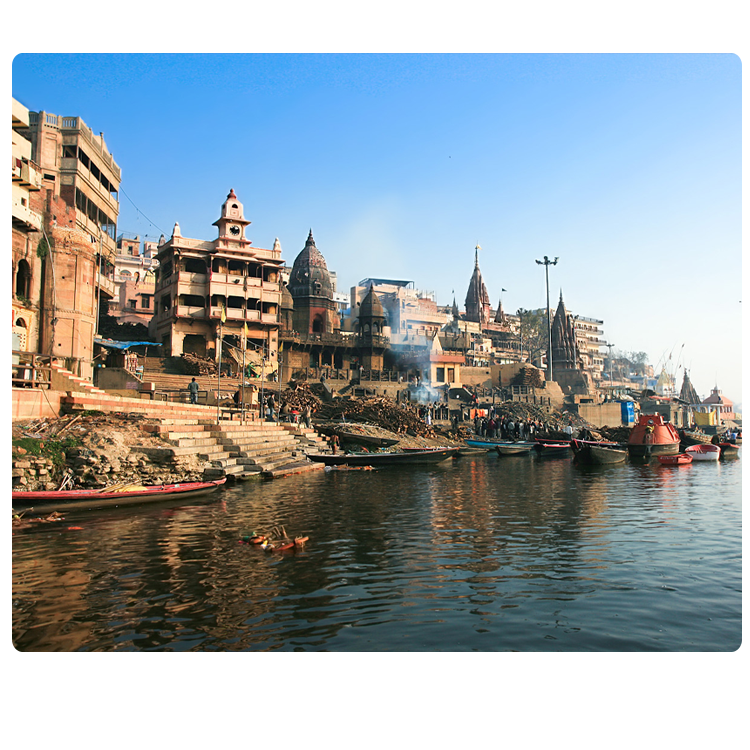
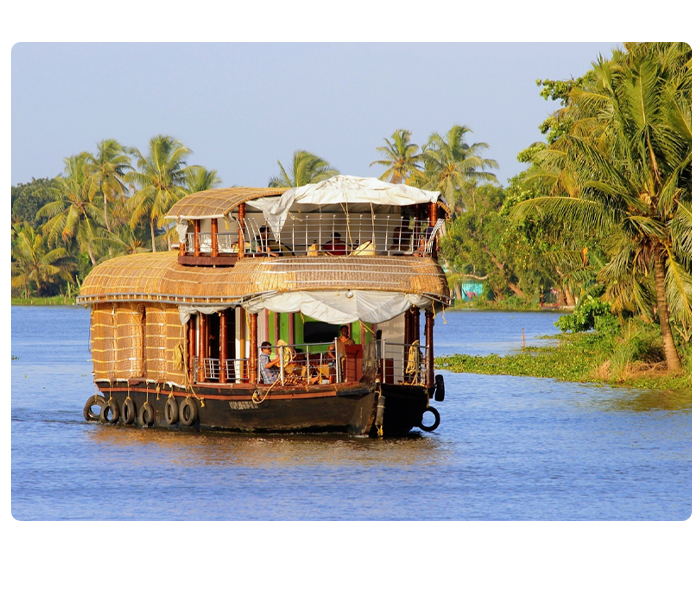
KERELA
The ‘gods own country’ is the ultimate tropical paradise. Its uniquely blessed topography with long stretches of tranquil beaches, lush hills, serene backwaters, and charming tea gardens make it the ideal spot to sit back and unwind. Let life take the wheel as you enjoy some of the best ayurvedic spa treatments. Or a good drink while you watch the golden sunsets on the unsoiled beaches. Or perhaps, you might be found paddling through the emerald backwaters. Whatever you choose, you are bound to make memories that you’ll cherish for a lifetime.
GOA
A tiny tropical paradise, Goa is known for its long shrinks of emerald beaches. Be it the hippie markets of Anjuna or the serene isolation of Cola, ech beach has a life of its own. You can spend your weekends partying on beach or enjoying that grape juice in the vineyards and then, start your week with cenring your core and getting in touch with your spirituality with some great yoga, meditation or reiki sessions. As if that is not enough, the Goan cuisine and architecture stand-out in India for their unique portuguese influence. The mouthwatering vindhalo and the classic fish curry are only some of the tantalising treats. Do remember to visit the forts, the churches (a famous one being, Basilica de Bom Jesus) or just around Panjim on your scooters to vitness the beautiful portuguese colonial architecture!
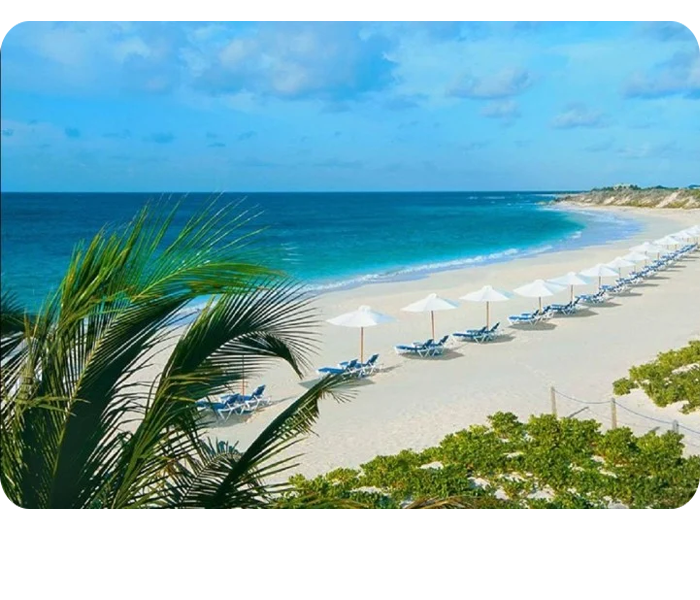

Ranthambore
Ranthambore is known for its large tiger population. The popular wildlife destination in India, Ranthambore National Park remains open between October and June. The winter season between October and March is considered the best time to visit Ranthambore National Park due to the pleasant weather condition when the temperature ranges between comfortable 10℃ and 30℃. Zone 3 is considered the best in Ranthambore; this zone has three lakes and a high chance of spotting a tiger. Often tigers were seen on Padam lake and malik lake, which are in this zone.

